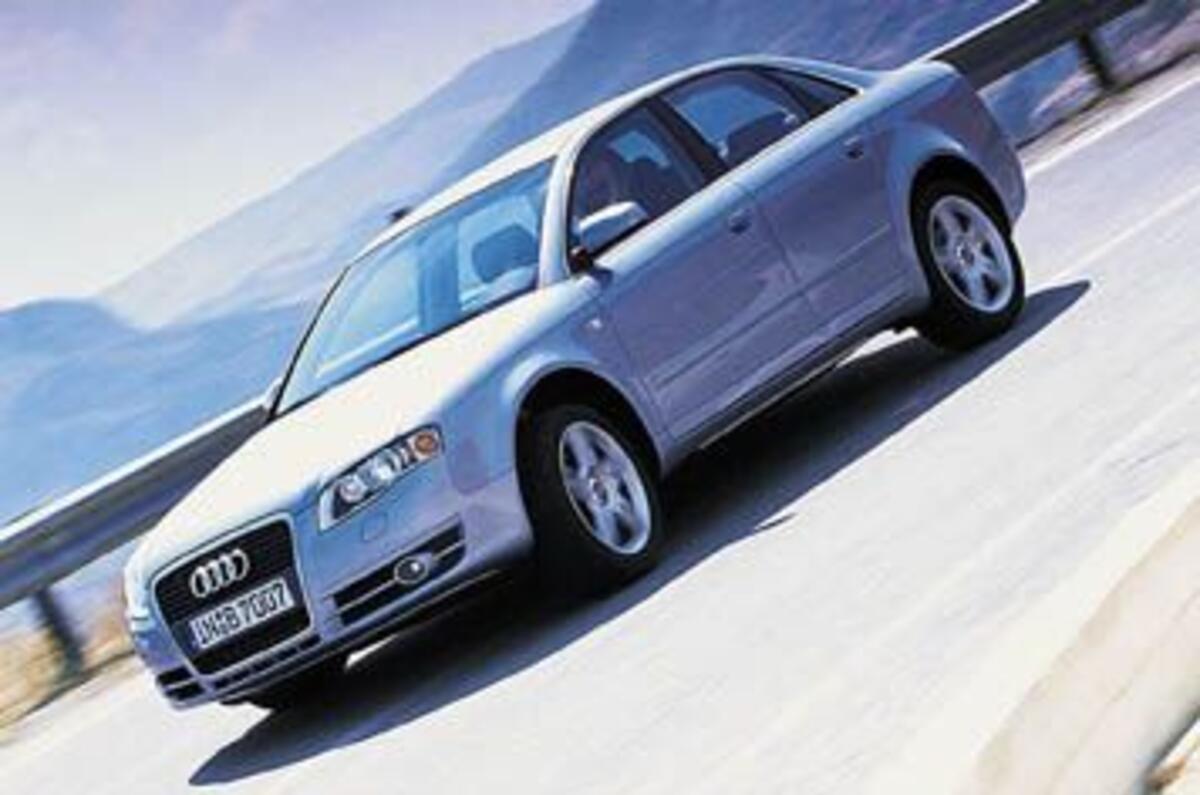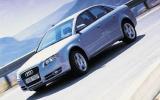Do you like Audi’s aggressive new corporate double-decker radiator grille, aka ‘the beard’? You’d better if you’ve got any plans to put a new Audi on your shopping list over the next few years.
It’s now certain the Ingolstadt car maker is running with an idea that it’s going to be the grille of grilles, a core identity statement every bit as powerful and unambiguous a BMW’s and Mercedes’, and twice as striking.
Soon you’ll be able to line up the entire range nose to tail and, like it or not, that deep, single-frame trapezoidal grille will be as embedded as the writing in a stick of rock. Until quite recently, this would have been considered a gamble, especially for subtlety-merchants Audi. But, if nothing else, BMW’s design chief Chris Bangle has hauled a sense of post modernism back into car design. It’s a far more daring and eclectic place than it used to be.
Audi’s vision of one grille to rule them all is, naturally, unfolding in episodes. And each new reveal is more fascinating than the last in a ‘does my grille look big on this?’ kind of way.
On the A3, the verdict was a definite maybe. But fittingly for Audi’s most important model, the A4, the result looks pretty much spot on. My guess is that even critics of the new nose will have to admit it’s been superbly integrated this time – perhaps a more successful execution of the shades-of-Nuvolari-concept approach than the oddly frumpy tail-light treatment.
Anyway, this is no perfunctory mid-term facelift. As well as re-modelling virtually all of the A4’s exterior panels, Audi has also turned its attention to what lies beneath, re-engineering the four-year-old mainstreamer’s chassis and introducing four new engines along the way.
For our first steer in Sicily, we’re concentrating on the new 203bhp 2.0T, which uses the 2.0-litre FSI turbo engine from the new VW Golf GTI and, in front-drive form, is earmarked to become the big seller. Those in search of more grunt, but unwilling to stretch to the 344bhp V8 S4, will find interest in the compact 255bhp 3.2-litre V6 FSI unit already seen in the A6, and the new 206bhp 3.0-litre V6 twin-turbodiesel which is said to be capable of cracking 0-62mph in just 7.2sec in manual form.
Our test car has the six-speed version of the new-generation ML (Manual/ Lengthways) gearbox fitted to all new A4s which, as well as claiming to improve shift quality, also allows the engine to be mounted further back in the engine bay.
Something of a gift for the chassis engineers this, but they’ve been busy in their own right, endeavouring to further shrink a closing gap with the BMW 3-series, which even Audi acknowledges is the clear class benchmark.
It’s interesting that BMW was probably the first company to talk seriously about suspension elastokinematics (essentially its repertoire of moves in the face of continuously changing dynamic conditions).
For the new A4, Audi’s suspension team is said to have undertaken ‘extensive works’ on the elastokinematics and spring and damper settings with a view to improving both agility and comfort – conceivably the outcome of some personnel cross-pollination from BMW to Audi on the chassis side.


























Join the debate
Add your comment